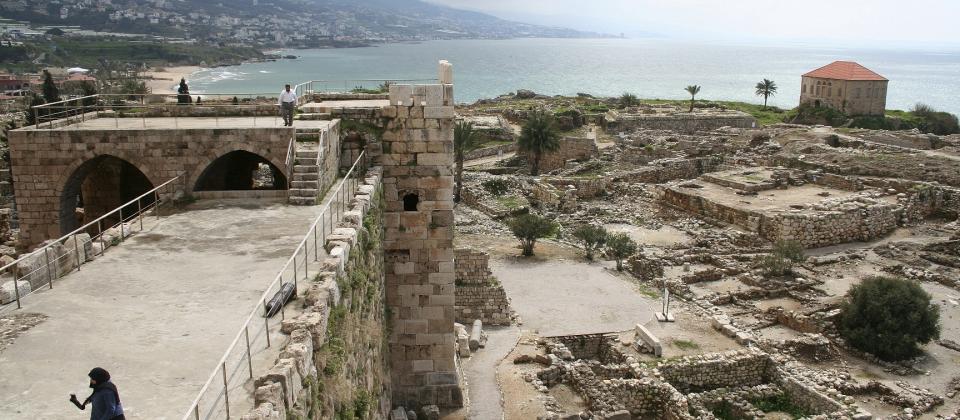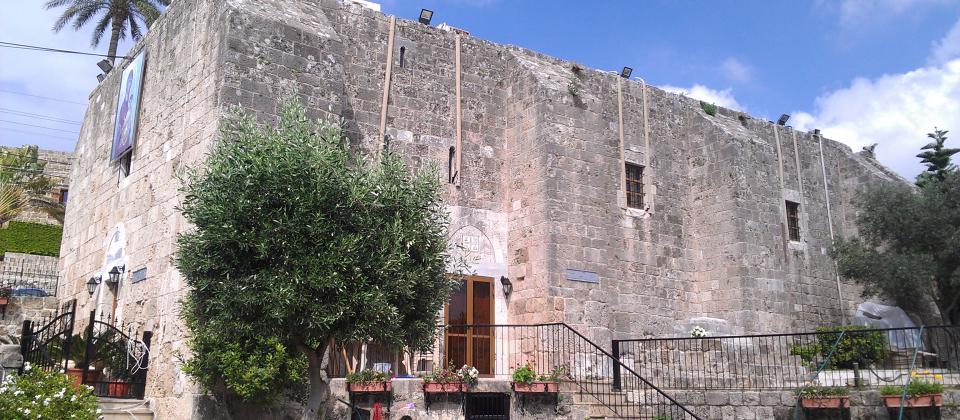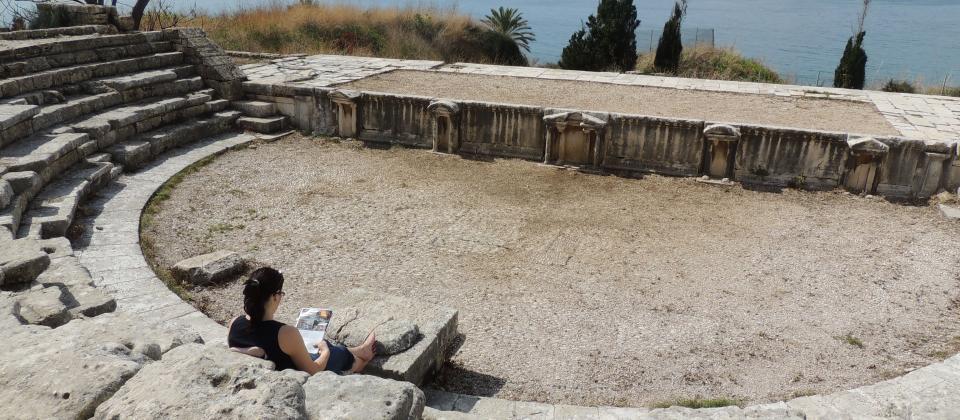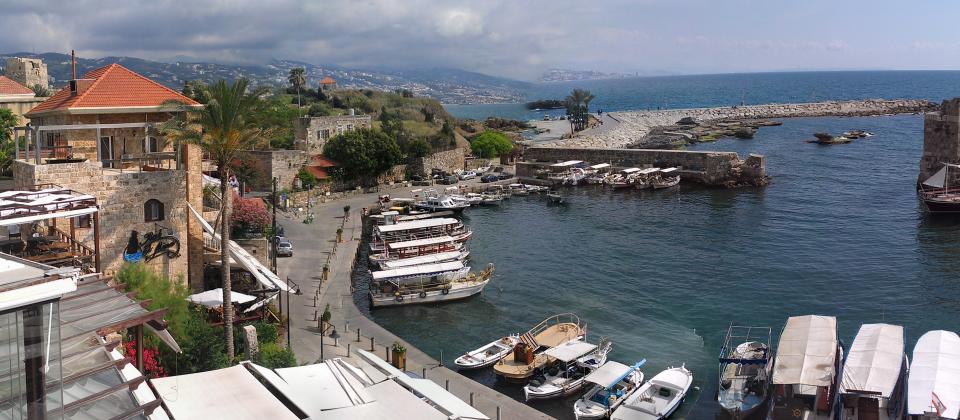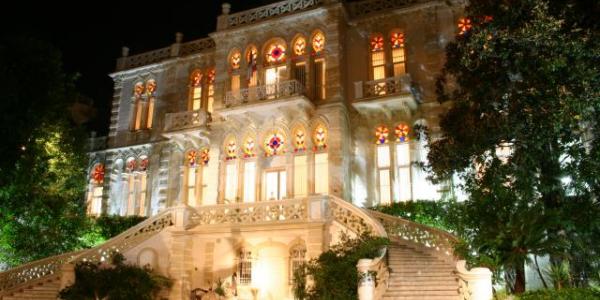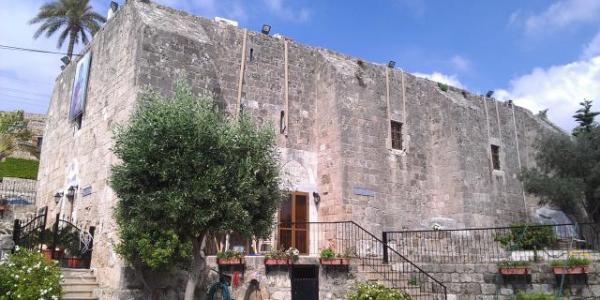The renowned city of Byblos (Jbeil) is approximately 37 km north of Beirut. Byblos and its immediate surroundings were already known in Greek mythology and the ancient Mediterranean history. It is known for its close relationship with Pharaonic Egypt as a shipping place for the cedar wood that was essential for the construction of monumental temples in Egypt.
Byblos is declared a World Heritage Site. Like all cities that were active in trade in the first millennium B.C., Byblos established good relations with Ancient Egypt and the interior of the Eastern Mediterranean. It is believed that the city was inhabited as early as the 3rd millennium B.C. The city is famed for being the departure point of the Phoenician merchants, whose contacts with Greece brought the alphabet to Europe. The city has the best preserved Roman remains on the Lebanese coast, including a theater.
Byblos fell to the crusaders in 1104. The Genovese Embriaco family, who took over the area and reused most of the stones already onsite –to which they added newer ones–- in order to build their defensive, residential, and religious buildings. In 1266 they were driven out by the Mamluks. Byblos then resumed its position of a small fishing village until the 19th century.
The city attracted archaeological expeditions since the 19th century, and with the economic surge in recent years, the city is regaining a special aura, with summer festivals, long-time renovation and restoration projects, and the establishment of a main university (the Lebanese American University) outside the city. The old city is also listed as a World Heritage Site, whereas the modern city hosts business, medical centers, cultural centers, shopping malls, pubs and nightclubs.
The city went into decline in the Ottoman period.



